Reference : augmented sixth chords
There are at least three types of augmented sixth chords, commonly referred to as Italian, French, and German augmented sixth chords. These chords are generally used to reach the dominant when playing a cadence in major and minor keys.
The Italian Sixth
The Italian sixth chord is formed on the fourth degree. It is most often in first inversion. Its root is raised, creating an augmented sixth interval with the bass:
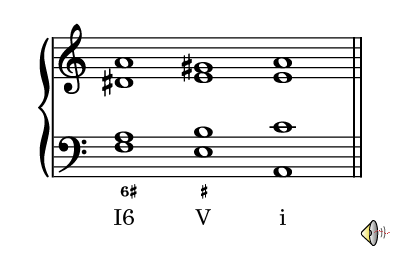
Italian Sixth, A minor
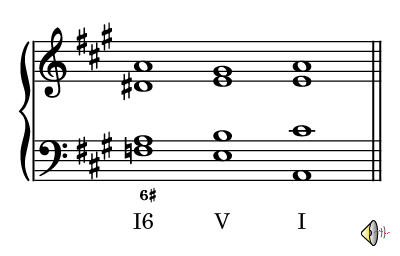
Italian Sixth, A major
In the case of major keys, the third of the chord must also be changed so that it has the same notes as in the minor key. This is why we say the chord is borrowed from the minor key. This is also true for the other chords of the augmented sixth and the Neapolitan sixth.
The French Sixth
The French Sixth is formed on the second degree. It is a seventh chord. It is most often found in its second inversion. Its third is raised to form an augmented sixth interval with the bass:

French Sixth, A Minor
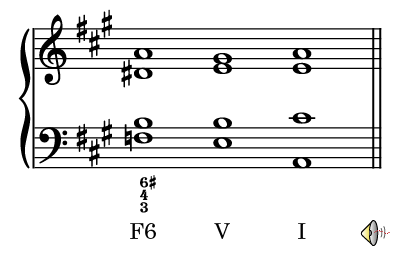
French Sixth, A major
The German Sixth
The German sixth chord is formed on the fourth degree. It is most often found in the first inversion, preceded by an I or V 6/4 to avoid the parallel fifths that would occur (bass and tenor in this example). Its root is raised to form an augmented sixth interval with the bass:
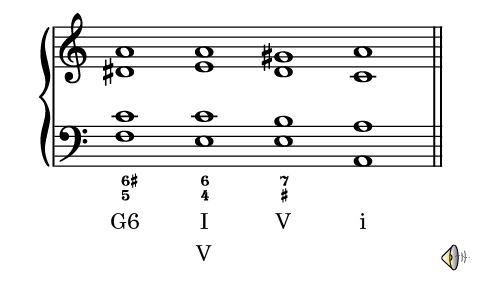
German Sixth, A minor
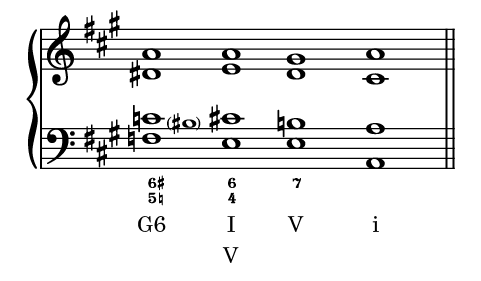
German Sixth, A major
In major keys, the fifth from the bass is sometimes enharmonically rewritten to make it easier to read.
To learn more about augmented sixth chords click here.
See C > Chord for related entries.
